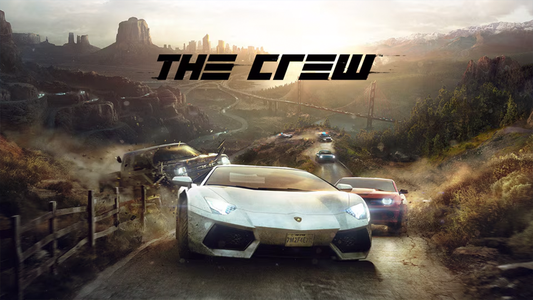"The early 3D titles like Doom and Quake raised the bar. But the worlds the players were playing in were extremely static worlds, and in many cases, little more than mazes."
- Havok president David Coghlan reflects on the state of 3D game design before the debut of physics engines. Dublin-based physics engine company Havok Inc. made its commercial debut fifteen years ago, and to commemorate the occasion Havok chief David Coghlan has been on a bit of a press tour to talk up the company's legacy. Speaking to GamesBeat, Coghlan reminds us that in the past two decades developers have gone from working in engines capable of generating "extremely static worlds" that were "little more than mazes" to mastering technology that can render a "truly interactive 3D world" on affordable hardware. Of particular interest to developers is the Havok technology timeline the company provided to GamesBeat, which offers some perspective on the evolution of 3D game design as a whole by charting the use of Havok technology from 2000 (in London Racer, pictured above) through 2014 (in titles like Sunset Overdrive). Looking ahead, the Intel-owned middleware company sees meaningful growth potential in the Asian games market. "We see a lot of room for growth in Asian publishers," Coghlan told The Independent. "The Asia part of our business makes up more than a quarter of our global business now."
No tags.





































